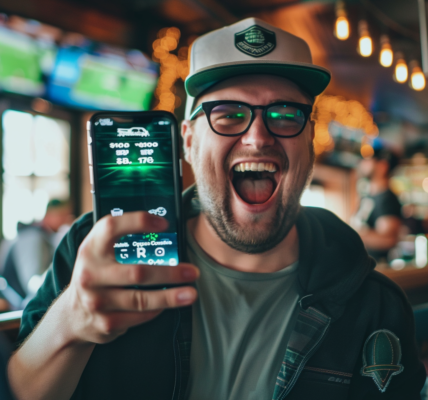Happy Lunar New Year! Saturday (Feb. 10) marks the Lunar New Year, a holiday with rich traditions and cultural significance for people worldwide. Lunar New Year begins with the second new moon to occur after the Winter Solstice each year, meaning it typically falls between Jan. 21 and Feb. 20.
During this time, families and friends gather to eat traditional foods and pay tribute to their ancestors. Many families and locations also celebrate with fireworks or parades featuring colorful dragons or lions. Gifts are exchanged, including traditional money-filled hong bao, or ‘red envelopes.’ Celebrations last for 15 days and end on the night of the next full moon, which will fall on Feb. 24 this year.
The origins of Lunar New Year are thought to date back to prehistory. The holiday’s timing is based on the traditional Chinese calendar, known as a lunisolar calendar, which is based on the changing position of the sun in the sky and the phases of the moon.
While China today uses the Gregorian calendar for most civil and governmental purposes, traditional Chinese holidays, festivals and other rites are still based on the lunisolar calendar.
While celebrated worldwide, Lunar New Year is most prevalent throughout China and other Asian countries including Singapore, Taiwan, Vietnam, Korea, Indonesia, Thailand and Malaysia.
Billions of people throughout the world travel during the Lunar New Year period, considered the largest annual human migration. There is even a term for the travel rush in China: ‘Chunyun,’ or ‘spring transportation.’ It’s named for the Chinese term for the Lunar New Year celebration period, Spring Festival.





